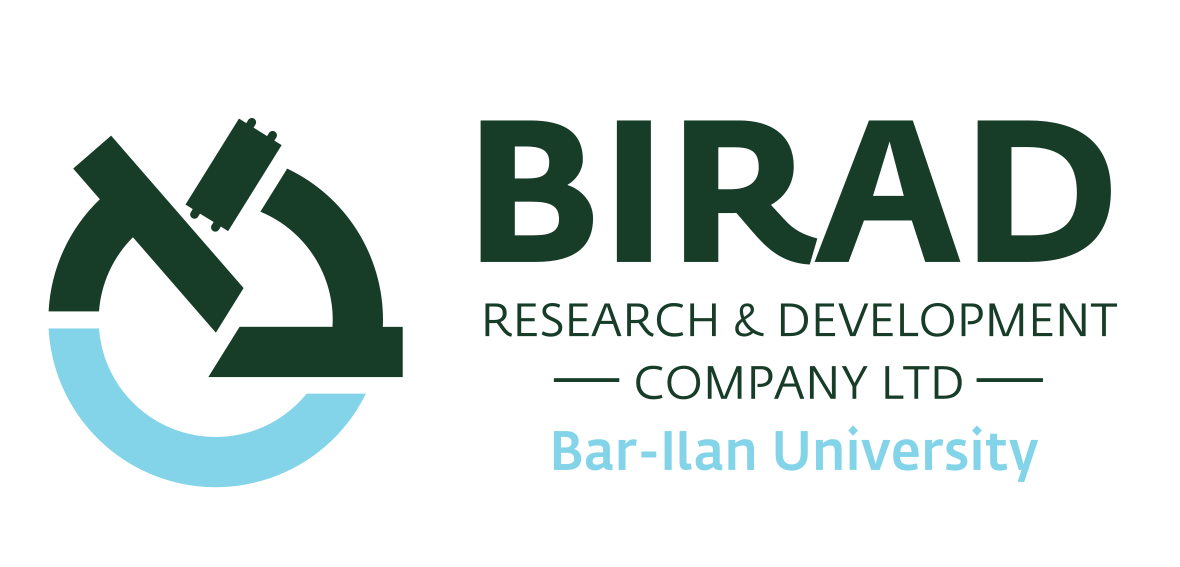An Interactive Gaze Contingent System for the Diagnosis and Treatment of Social Communication and Attention Deficits in Infants and Children
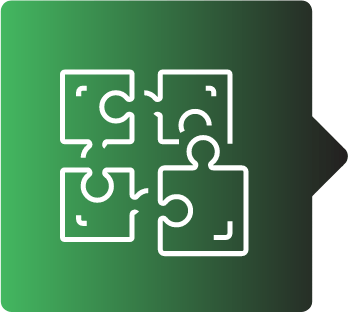
The Problem
Over the last two decades a dramatic increase in the prevalence of socio-communicative disorders and attention disorders was reported. Today 1 of every 68 children is diagnosed with ASD and 1 of every 10 children is diagnosed with ADHD/ADD.
There are four major problems that limit effective diagnosis and treatment:
- Diagnosis is typically enabled too late: The earliest age for diagnosis is at least 2-3 years of age with a mean that is close to 4 years. This age is too late for making a major change in brain organization. The brain is most plastic during the first 3 years of life.
- Diagnosis and care rely on subjective measures: Currently, behavioral markers typically noted for diagnosis rely on subjective non-quantifiable measures of gaze orienting, attention and exploration, preference of non-social stimuli over social stimuli (faces) and atypical and reduced eye contact
- Currently, once diagnosed (at 3 or 4 years of age) intervention with a therapist is highly costly, unavailable to most and is given at too low rates
- Currently, clinical interventions are administered in clinical settings. This limits accessibility for young infants, and precludes intensive care to enable the needed change.
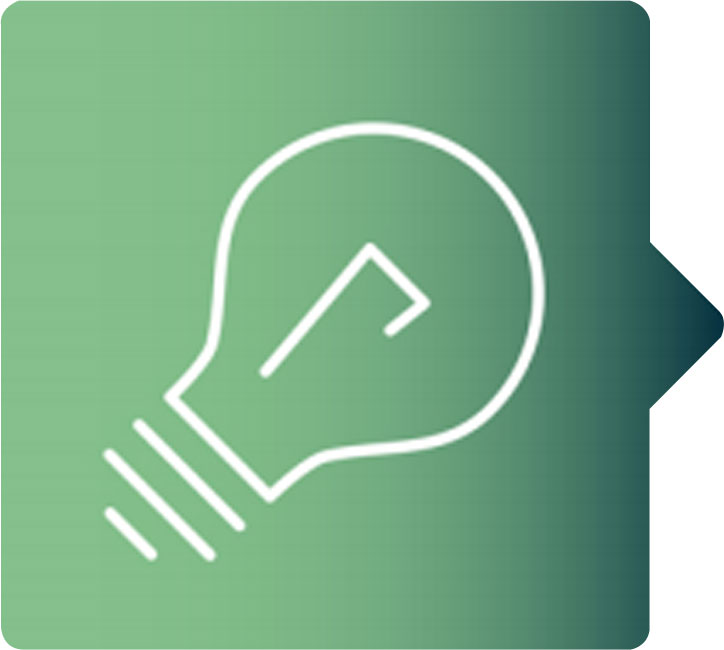
The Solution
An early diagnosis and individually-tailored intervention may have a disproportionately large impact in the first two years of life when most brain connectivity is created. This will lead to a more promising long term functional outcome

The Commercial Benefit
The unique combination of low cost of portable gaze-trackers using the relevant content tailored for young infants offers an easy to use effective treatment tool for daily use at home and clinics targeting some of the core difficulties.
This system, unlike methods used today, is highly –sensitive and uses unique clinical expertise with young infants to enable well-titrated no-delay care, with dosage adjusted as needed at low costs.

Market Potential
The global Diagnostics and Therapeutics for Autism Spectrum Disorders market was valued at $360.9 million in 2014. This market is set to experience an increase to $412.7 million by 2019 (CAGR of 2.7%). If this is not enough, the market for attention deficit hyperactivity disorder (ADHD) across the seven major markets of the US, France, Germany, Italy, Spain, the UK, and Japan, is expected to grow to $13.9 billion by 2024.

Target Markets/Industries
- Pharmaceutical companies
- Research and Development (R&D) Companies
- Medical Research Laboratories
- Academic Medical Institutes and Universities
- Clinical care centers
- Families at high risk
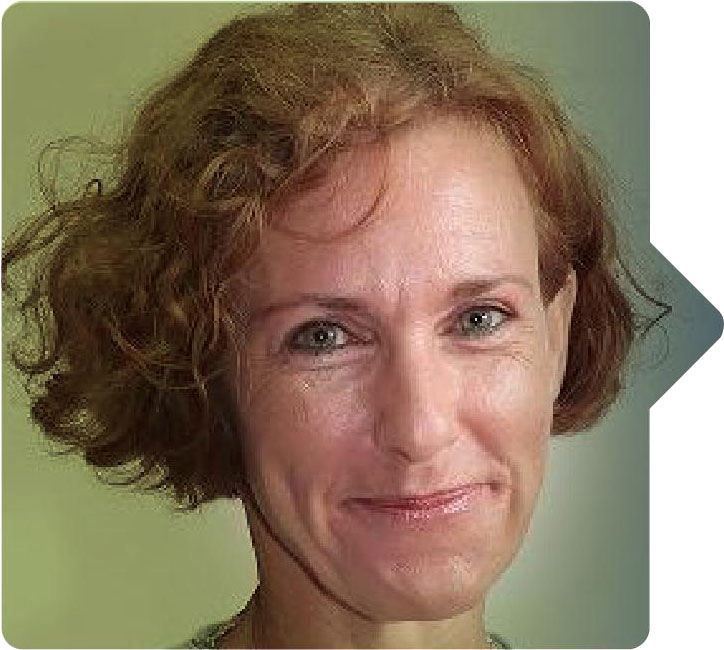
Team: Primary Inventor
Prof. Ronny Geva
- Professor Ronny Geva is a Full Professor at the Department of Psychology and Head of the Developmental Neuropsychology lab at the Gonda Brain Research Center, Bar Ilan University.
- Geva has Bachelor and Masters Degrees (with excellence) from the School of communication disorders, Sackler school of Medicine, Tel Aviv University
- She has been a Fulbright scholar during her PhD Clinical Developmental Neuropsychology studies at the Graduate Center at City University of New York and has conducted her internship at Mount Sinai Hospital and Columbia Presbyterian Psychiatric clinic.
- Prof. Geva's main methodologies are long-term tracking of infants, toddlers and older children at-risk for attention deficit disorders and emotion regulation disorders, and autism as well as conduction of clinically controlled manipulations aimed to restrict the effects of the diagnosed difficulties
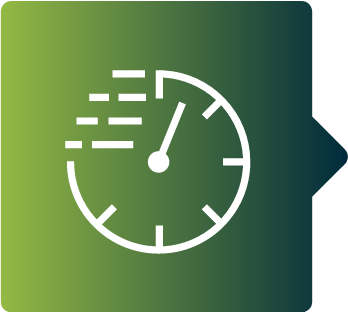
Future Research
Development of the platform to include home settings interventions; Validation studies to estimate specificity and sensitivity; Develop algorithms aiming to fine-tune intervention based on a multi-faceted phenotype.

The Opportunity
Investors are invited to license our patent through a licensing agreement with sponsored research.
